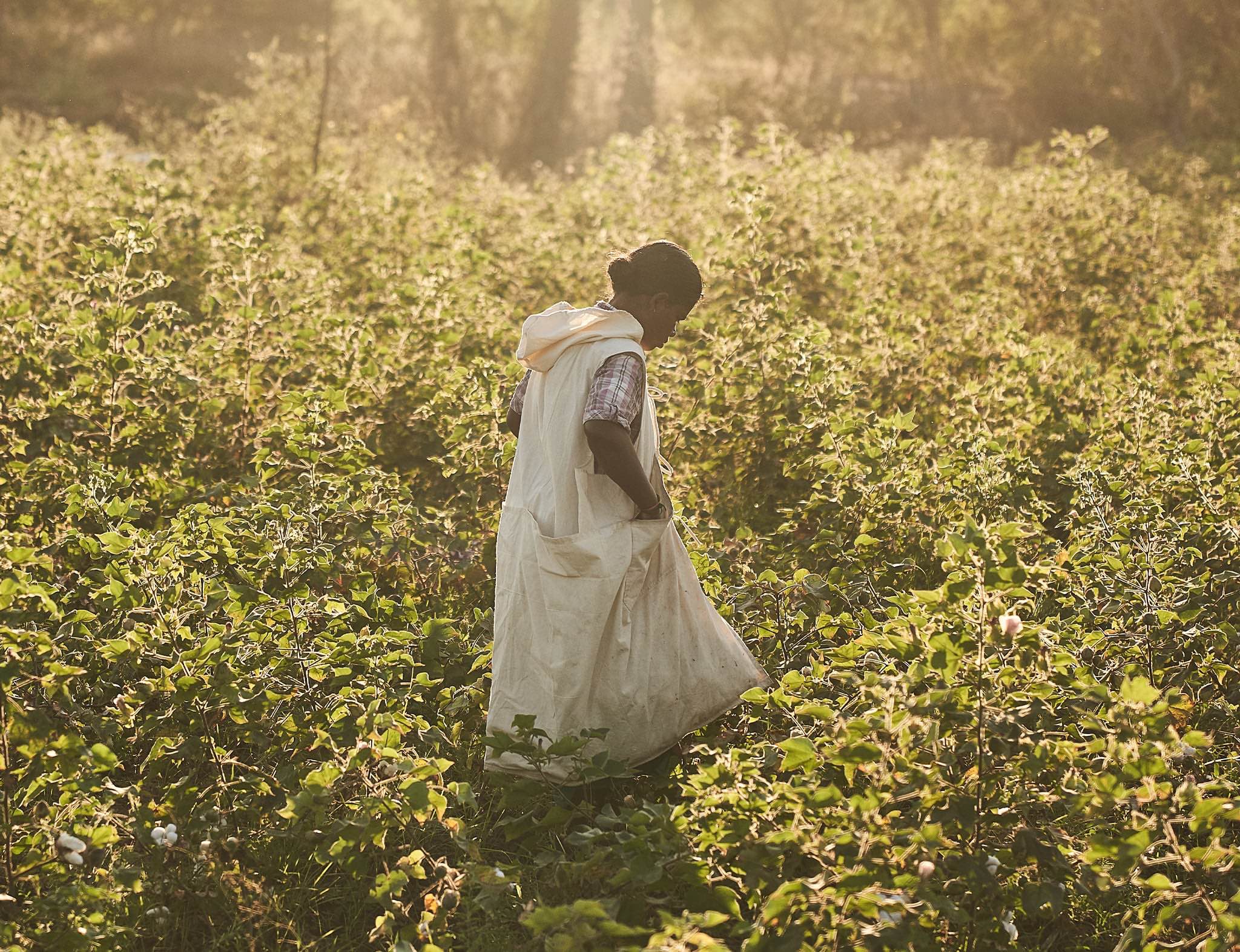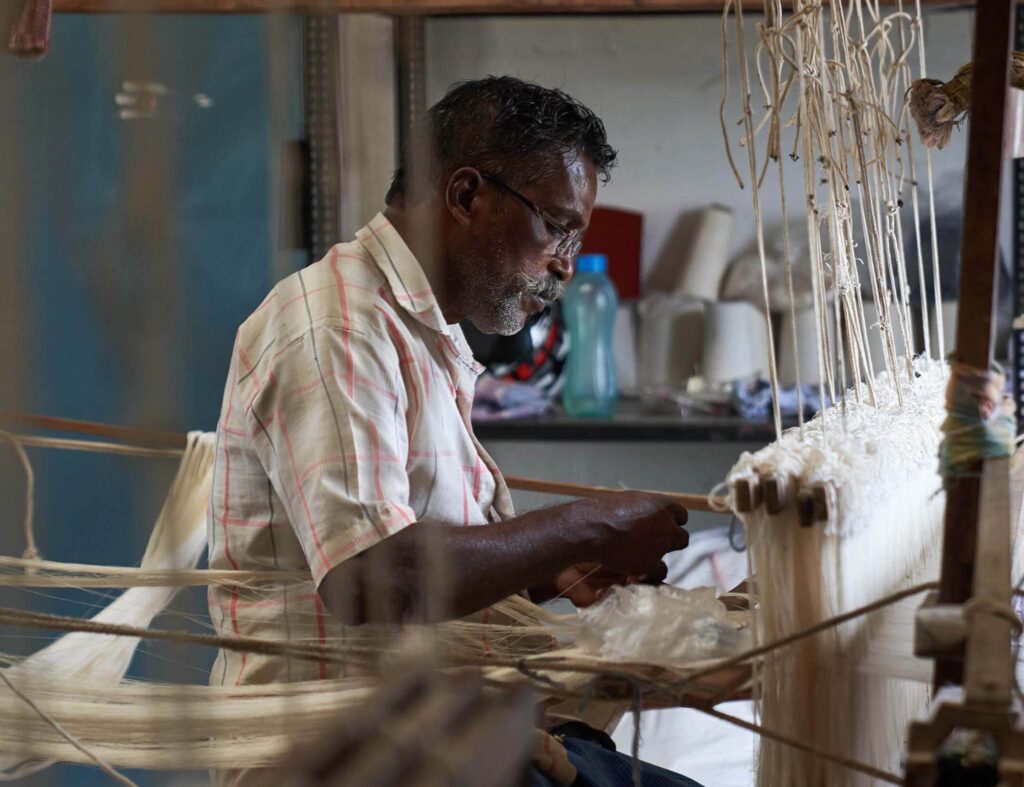
The fashion industry has a reputation for harming the environment. Yet a new fashion system in southern India is now being cultivated with a straightforward attitude: to give back more than we take. Ōshadi, with their regenerative fashion initiative, is leading change ‘from the soil up’
“Ōshadi is pronounced as aw-sh-dhi, which means Essence of Nature or a Healing Plant in Sanskrit, an ancient Indian language.”
Strengthening the rural communities, Ōshadi works with a collective of local farmers who nurture the land while growing cotton and indigo through regenerative practices that support biodiversity and restore nutrient-depleted soil.
“We began our journey as a womenswear label, founded by Nishanth Chopra in 2016. Our desire to respect and regenerate the Earth has since led us through every process that goes into creating clothing, from printing and dyeing to weaving and spinning, and eventually back to the soil. Today we are cultivating a new fashion system–one rooted in ancient Indian agricultural practices and artisan heritage, with a 50-acre regenerative cotton farm at its heart.
Our supply chain is rooted in rural wisdom, learning from a culture that has always held a regenerative relationship to the planet. We have sought out the teachings of our ancestors to help us restore the Earth for future generations, reviving Ayurvedic agricultural methods and elevating age-old artisan skills with a new design ethos, alternative materials and contemporary aesthetic.”
We invited Nishanth to share his story and the ideas that shaped Ōshadi.

What was the inspiration or the moment of realization that led you to start Ōshadi?
I was brought up in Erode, an industrial textile hub in south India. Growing up here, I always knew I wanted to work with textiles.
Coming back from university, I realized that the existing textile system was too mechanized, linear, and inhumane, and I felt the need to start Ōshadi to explore alternative and considerate ways to make clothing.
Do you believe that during the period of colonization of India, we lost many traditional practices of farming and creating clothing in harmony with nature?
Of course, the intention behind colonization is extractive, and the mindset is going to travel through and deprive the system. Maximum efficiency at the cost of people and the environment. Abnormal processes like getting more yield per acre worked short term, but eventually depriving the soil of giving even an average yield without intensive use of chemicals long term. But these short-term trials (lasting a generation or two) led to the loss of vital traditional processes and information, making it now difficult to go back and restore the lost practices.

What inspired you to look into the past (traditional farming) to find solutions for contemporary issues that we face in the fashion industry?
It’s a simple way of doing things; there’s no complexity. The process is very straight-forward and mimics the way of life systems in the forests and settlements that existed before, when things were in harmony.
To give more than we take is the brand’s belief, do you think it helps us realize how serious the exploitation of our environment is?
I guess that’s why we need to give more than we take. We have exploited and extracted intensively for years, and now restoring is of necessity.


How can we be more conscious of including people and nature in our community? What role does Indian culture have in shaping this essence of community for Ōshadi?
I think the outlook of just nature as one and not segregating into nature and people can really change perspectives and pave the way towards higher consciousness.
It’s the culture—I would say not just Indian—but the privilege to learn from many cultures I have been exposed to and then adapt them to our current way of working. I feel the sense of communal living is one of the key things we take from Indian culture.

Do you believe there is a way to create clothing that could be healing for people and the planet?
If we are able to restore and regenerate through the work we do, it is a healing process.
What advice will you give to emerging designers on practicing fashion thoughtfully?
Just being thoughtful and attentive to everything we do or make. We must question everything but also find answers by getting involved and DIY if there is no ready-made solution.


For future projects, what would you like to include?
It is very difficult for us to foresee where the brand evolves in the future. We plan for around 1-2 years in advance at a time, and in the foreseeable future, our plan is to get all the existing projects and supply chains to function in a more self-sustaining and composed way.
Our current issue is called Oneness and we would like to know, what it means to you?
A wholesome living.




